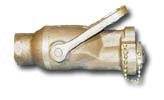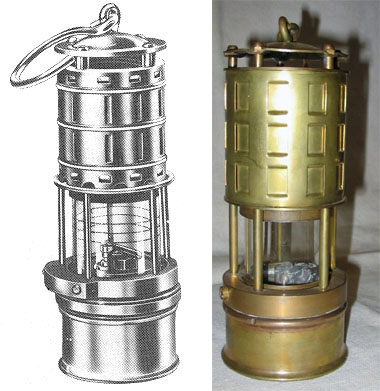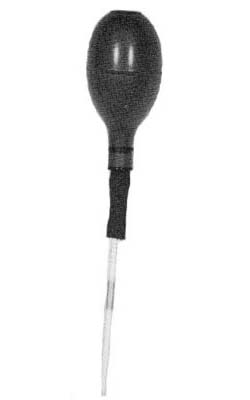| Toxic gas testers were used to test for carbon
monoxide, hydrogen sulphide, carbon dioxide, fuel vapors
(e.g., Hyrazine, Unsymmetrical Dimethol-MAF-UDMH),
nitrogen dioxide and nitrogen. The nitrogen detector,
IRFNA, was used where there were heavy concentrations of
gasoline or diesel exhaust and in weld shops. For
testing with the tube and aspirator bulb type, the
tester selected the desired test tube, broke the ends,
and inserted it in the bulb. The required number of
compressions was applied by squeezing the aspirator
bulb. The result appeared on the test tube, indicated by
color change. A color guide for toxic gases was used to
interpret the results. When the Draeger test kit was
used, the operator selected the desired test tube, broke
the ends, inserted it in the bellows, and applied the
number of compressions specified for the test. For a
class “A” or “C” fire, the minimum tests to be conducted
were for carbon monoxide (the product of incomplete
combustion), carbon dioxide (the product of complete
combustion), hydrochloric acid (the product of burned
PVC cables) and hydrocyanic acid (the product of chilled
water piping insulation). For a class “B” fire, they
could also test for hydrocarbons. In later years, if
Halon was used, a test for hydrogen fluoride was done,
and if AFFF was used, the space was tested for hydrogen
sulfide. Spaces with freon were tested for phosgene.
When the main space fire doctrine (MSFD) was developed,
the tester could refer the MSFD for a list of gases to
test for after main space fires. |




